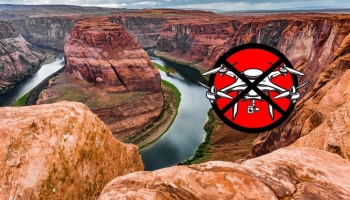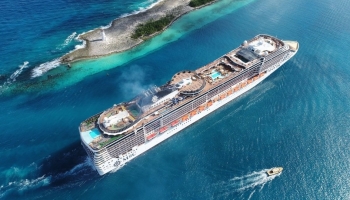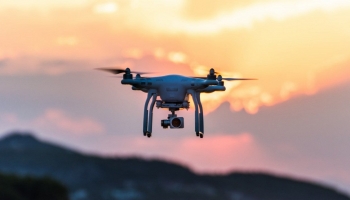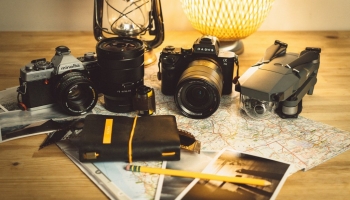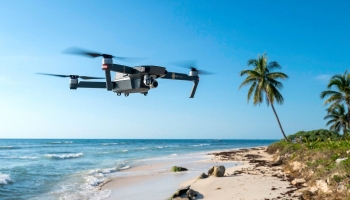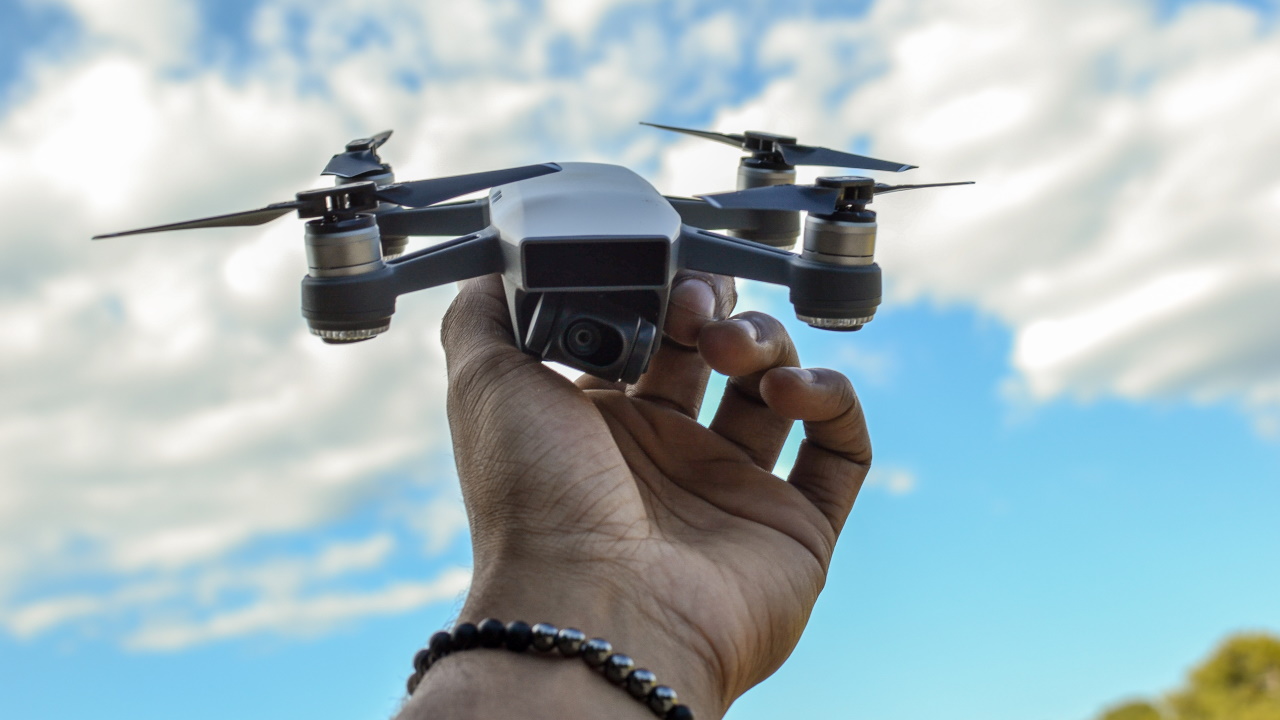
Introduction to International Drone Laws: Complete Guide for Beginners
Welcome to our official International Drone Laws: Complete Guide for Beginners. If you are going to travel to a different country and wants to know what the drone laws are. We have built a complete guide for beginners that focuses on what you need to know: rules & regulations regarding to use of drones in each country. The purpose of international drone laws guide is to help beginners and experienced remote pilots become aware of the applicable drone laws when traveling around the world.
Because the drone laws changes on constant basis, it can be hard to stay updated with all the latest information. If you see any of these drone laws for a specific country that is outdated or isn’t right. Please e-mail support@aeroflydrones.com with the issue and correct information. We will update the guide with correct information right away. In this guide, we will cover the basics such as country drone laws, traveling guide tips, best drones to buy for traveling, contact information for each countries and of course, aerial videos of each country.
Before we dive into the list of international drone laws, we want to share the best drones for traveling as well as traveling tips if you are going via air or sea. If you want to skip ahead and start browsing the drone laws for a specific country that you want to know, click here to jump to the list. We hope you find our International Drone Laws: Complete Guide for Beginners helpful and insightful. We are constantly improving this guide and staying updated with the latest drone laws. Be sure to bookmark this guide for quick references!
Best Drones for Traveling
Below are the top 3 drones we highly recommended for taking with you on trip to other countries. They are packed with superior camera quality that delivers up to 4K UHD resolution setting. Furthermore, they comes with long flight time, numerous features and great customer support services that makes these drones overall a good choice for beginners and travelers alike.
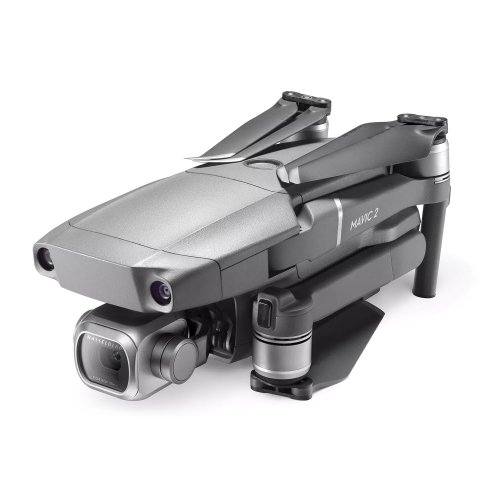
MAVIC 2 PRO
We recommend DJI Mavic 2 Pro drone due to its built-in 20MP camera that delivers up to 4K UHD at 30 FPS. It also comes with exceptional flight time up to 31 minutes. The fact that DJI Mavic 2 Pro is also foldable and compact makes it a highly desired quadcopter for beginners and travelers. Although, it comes with a hefty price tag that might be out of some people’s budget. Nevertheless, this is one of the best option to take with you on globe trotting.
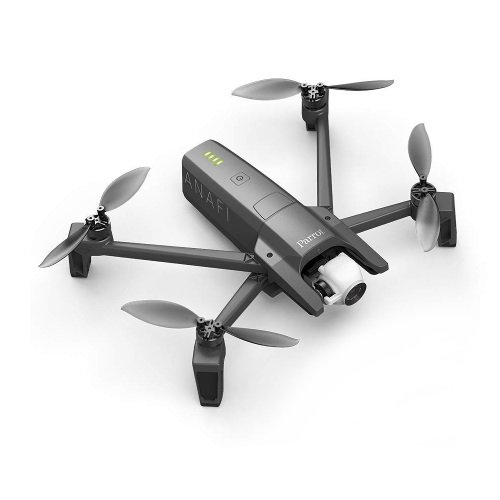
PARROT ANAFI
We recommend Parrot Anafi because it is the latest foldable camera drone featuring an ultra compact and sleek design that can be easily stored inside your traveling backpack. This quadcopter is packed with 25 minutes of flight time and equipped with a 16MP camera mounted on a swiveling gimbal stabilizer. Unlike other drones, the Parrot Anafi can point its camera upwards and downwards that gives aerial photographers an incredible level of flexibility.
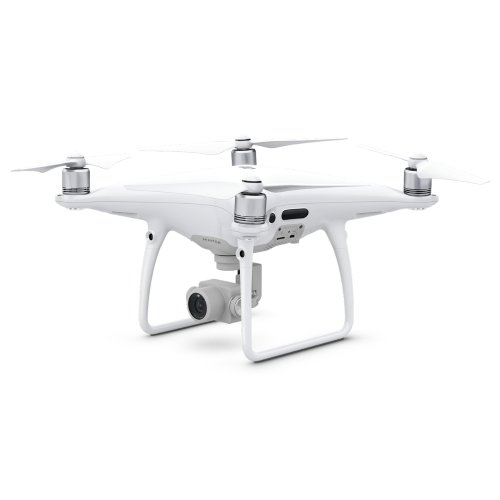
PHANTOM 4
We recommend DJI Phantom 4 due to its exceptional imaging quality and good flight time up to 30 minutes. The Phantom 4 drone is an aerial photographer’s preferred quadcopter since they have one of the best imaging quality and makes the whole process easy and painless as possible for creating footage / stills to market to the potential customers. If you are an avid aerial photographer, this is the best drone hands-down.
Traveling Tips for Drone Travelers
Traveling by Air
If you decided to travel by air and would like to bring your drone with you. You need to be aware that the airlines can only reimburse up to $1,000 for loss and damage to your property, including drone and its gear. That’s because of the Montreal Convention which limits how much airlines are allowed to pay you up to a maximum value of $1,000 — no matter how expensive your drone is.
Therefore, we highly encourage bringing your drone and its accessories as carry-on all the times. Furthermore, the drone batteries can’t be in the check luggages. Because they are prone to extreme temperature that poses fire hazards when undergoing temperature change. In rare circumstances, some airlines have strict policy and you will be only given the option to check luggage. To avoid this from happening, we recommend buying these fireproof drone battery bags:
- Colcase Fireproof Li-Po Battery Bag (up to 198 x 150 x 135mm)
- Apex RC Fireproof Li-Po Battery Bag (up to 240 x 65 x 180mm)
- Realacc Upgraded Fireproof Li-Po Battery Bag (up to 220 x 155 x 115mm)
Traveling by Sea
In general, you are allowed to bring the drone with you on a cruise. However, because each cruise line’s policy on drones vary, we highly encourage you to check with the cruise line you plan to take first before bringing the quadcopter with you. Also, you need to be aware that the only time you are allowed to operate your drone is when you are on the land. Never fly the drone while the ship is in process of ferrying to other country.
Furthermore, flying your drone at the ports are not allowed. These are mainly due to safety reasons which is why we highly encourage drone pilots to see what the cruise line’s policy on use of drones are. If you can’t find any information regarding use of drones on the cruise line you are taking, we recommend you to reach out to them and inquire information about it.
Drone Laws: List of Countries
A
- Afghanistan
- Albania
- Algeria
- Andorra
- Angola
- Antigua and Barbuda
- Argentina
- Armenia
- Australia
- Austria
- Azerbaijan
B
- Bahamas
- Bahrain
- Bangladesh
- Barbados
- Belarus
- Belgium
- Belize
- Benin
- Bhutan
- Bolivia
- Bosnia and Herzegovina
- Burundi
- Botswana
- Brazil
- Brunei
- Bulgaria
- Burkina Faso
C
- Côte d’Ivoire
- Cabo Verde
- Cambodia
- Cameroon
- Canada
- Central African Republic
- Chad
- Chile
- China
- Colombia
- Comoros
- Congo
- Costa Rica
- Croatia
- Cuba
- Cyprus
- Czech Republic
D
- Democratic Republic of the Congo
- Denmark
- Djibouti
- Dominica
- Dominican Republic
E
- Ecuador
- Egypt
- El Salvador
- Equatorial Guinea
- Eritrea
- Estonia
- Eswatini
- Ethiopia
F
- Fiji
- Finland
- France
G
- Gabon
- Gambia
- Georgia
- Germany
- Ghana
- Greece
- Grenada
- Guatemala
- Guinea
- Guinea-Bissau
- Guyana
H
- Haiti
- Holy See
- Honduras
- Hungary
I
- Iceland
- India
- Indonesia
- Iran
- Iraq
- Ireland
- Israel
- Italy
Afghanistan Drone Laws
Flying your drones is allowed, however you will have obtain approval from Afghanistan Civil Aviation Authority prior to your flight plans when visiting in the country. Both recreational and commercial drone operators must following the applicable Afghanistan drone laws when flying their quadcopters:
- Always respect the privacy of individuals when flying your drones.
- Maintain at least 30 meters away from people, vehicles and buildings.
- Maintain at least up to 3 miles from Airports / Heliports / Aerodromes.
- Always yield the right of way to incoming aircraft.
- Fly during daylight hours.
- Fly while the weather visibility condition are good.
- Never fly your drone over crowded areas or in prohibited zones.
Albania Drone Laws
Currently there are no drone regulations and rules in Albania. By default, it reverts to minimum basic drone rules and regulations that you need to follow as you would do the same for other countries. Furthermore, you should take these additional steps to protect yourself and ensure safety for your drone and you at all the time wherever you are flying in another country.
- Don’t fly near the airport located in Tirana (Which is the capital city of Albania).
- Always keep a clear visual line of sight on your drone at all the time.
- Don’t fly higher than 400 feet above the ground level.
- Fly during the daylight hours.
- Fly when the weather conditions is good.
- Don’t fly over people, moving vehicles or buildings — maintain at least 30 meters away from them.
- Have a valid drone insurance.
- If you want to fly over sensitive areas, ask government / military first before taking off
Bahamas Drone Laws
If you are planning to fly your drone in Bahamas, you need to become aware of the drone laws regulating in that country. Generally, you are allowed to fly but you will need to pay a security deposit that is equal to 45% of your drone’s value at the airport plus 7.5% Value Added Tax (VAT). This is to insure you are not selling drones or leaving it in an effort to combat smuggling. Be sure to bring the receipt with you to calculate the value before you leave so that you can get security deposit refunded.
- Don’t fly higher than 400 feet above the ground level.
- Don’t fly within 5 miles of an airport / heliports / aerodromes or in areas where the aircraft are present.
- Maintain at least 20 meters away from people, buildings, and moving vehicles.
- Fly during daylight hours.
- Fly when the weather visibility condition are good.
- Respect the privacy of individuals when flying your drones.
- Don’t fly over crowded areas or in prohibited zones.
- When flying your drone over the ocean, avoid ships.
Brazil Drone Laws
Flying your drones in Brazil is legally allowed. National Civil Aviation Authority established the drone regulations and rules in Brazil that all recreational and commercial drone operators are required to follow. If your drone weights more than 250 grams, they needs to be registered with ANAC just like with almost every other countries. Below is the list of following applicable drone regulations and rules in Brazil:
- You are only allowed to operate one aircraft at a time.
- Maintain at least 30 meters from people that aren’t involved in the flight operations.
- Drones that weights more than 250 grams must be registered.
- Don’t fly higher than 400 feet above the ground level.
- Respect privacy of individuals when capturing stills and videos.
- Fly during daylight hours.
- Fly when the weather visibility condition is good.
- Don’t fly over crowded areas or in prohibited zones such as historical sites
- Don’t chase or interfere with the wildlife cycle.
Canada Drone Laws
To operate your drone in Canada, you need to be aware of the following applicable drone regulations in that country. While Canada is a vast country with a bustling wildlife and national forests, you still have to be mindful of drone rules as they are a bit stricter compared to the United States. Drone operators, both foreign and residential, need to register for drone permit with Canada Transport Safety and must make sure they following these rules:
- Don’t fly higher than 400 feet above the ground level.
- Don’t fly over crowded areas or in prohibited zones.
- Maintain at least 3 miles away from the airports.
- Maintain at least 1 mile away from the heliports.
- Always yield the right of way to gliders, helicopters and aircraft.
- Fly during daylight hours.
- Fly when the weather visibility condition is good.
- Maintain a clear visual line of sight on your drone at all the time.
- Maintain at least 30 meters away from people, buildings and moving vehicles that are not included in your drone’s flight operations.
Costa Rica Drone Laws
Before you can fly your drones in Costa Rica, they needs to be registered with DGCA. The drone regulations and rules for Costa Rica is pretty much simple and straightforward. All recreational and commercial drone operators needs to make sure they are following the rules at all the time. Below is the list of applicable drone regulations and rules when flying in Costa Rica:
- Don’t fly your drone higher than 400 feet above the ground level.
- Maintain at least 5 miles away from airports / heliports / aerodromes.
- Maintain at least 30 meters from buildings, moving vehicles and people.
- Don’t fly over crowded areas or prohibited zones.
- Fly only during the daylight hours.
- Fly when the weather visibility condition is good.
- Don’t fly over the buildings.
Cuba Drone Laws
In Cuba, it is legal to fly drones. However, you can’t import the drones with you. Therefore, you will have to rent in Cuba as there are several drone rental companies that will lend you a drone for the day. The ban on importing drones from other countries came out of fear that they might use it to spy on Cuba and expose its national security.
- Don’t fly higher than 400 feet above the ground level.
- Fly during daylight hours.
- Fly when the weather visibility is good.
- Maintain up to 5 miles away from airport / heliport / aerodromes.
- Respect privacy of individuals when flying your drone.
- Maintain a clear visual line of sight on your drone at all the time.
- Never fly over crowded areas or in prohibited zones.
- Stay at least 30 meters away from people, moving vehicles and buildings that aren’t included in the flight operations.

